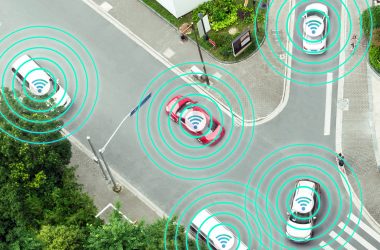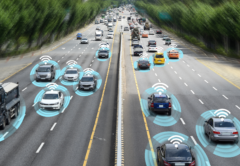Bringing automotive solutions to customers around the globe is a complex task. One that involves years of research and development, various engineering departments, verification and validation efforts. As the complexity of automotive systems increased so did the complexity of their development processes. The multiplication of tools being used to create them has led to different tools being used for development and testing than those used for verification and validation. In many cases, the selected toolsets have not been created to be used in parallel, and vital resources are deterred from development to ensure their interoperability. This means that the tools being used by different teams are in the way, limiting R&D efforts, rather than accelerating them.
The solution has become simulation, a vital technology proving itself in the new use case of automated driving. While the automotive industry has relied on simulation for a wide range of tests, its use for verification and validation processes remains challenging. To be truly efficient, simulation should be seen not as a simple tool but as a defining element of the development process. One that can be used for verification and validation. AImotive has developed aiSim to serve this purpose. The simulator engine was built from the ground up for autonomous vehicle development, and a robust backend enables automated scenario testing and data collection.
However, many in the automated driving industry are still at odds with the proper use of simulation, weighing its benefits and limitations. Such players recognize the importance of such tools, but do not want to run the risk of either being too optimistic about simulation technologies and compromising on safety; or being too conservative and lagging behind their competitors.
This AImotive whitepaper shows how automated testing with simulation tools can accelerate the development of automated driving solutions, while also making them safer.








